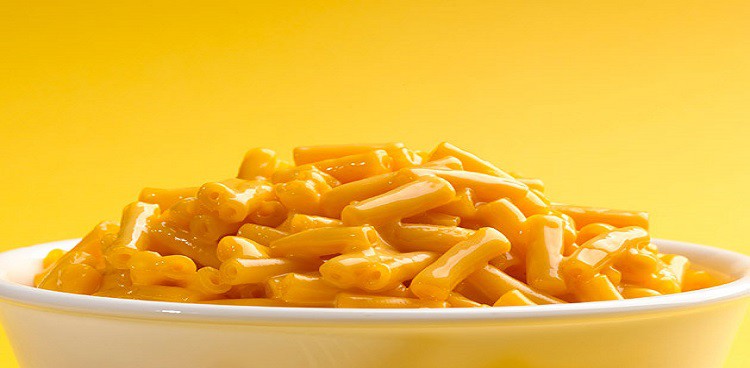
Cheesemaking is a time-tested and aged art, but the process is only half of the story! The history of cheese is not quite as simple as you might think, and it can connect us back to some of the most iconic figures of the past. From politicians to pop stars, join culture intern Emily as she dives into history and learns about the cheese culture during the life and times of some of America’s most famous faces. Last week we learned about the unlawful connection between Al Capone and the cheese ball. This week we’re taking a close look at every kid’s favorite dinner: macaroni and cheese.
Childhood is a time that is filled with the simplest of pleasures in life. When it comes to cooking for kids, their favorite foods are often very straightforward: extra sweet, not too spicy, cut into small pieces, and covered in cheese. Macaroni and cheese is an all around kid-approved dinner, and although it’s a meal that can be made with some of the finest fillings and fanciest cheeses out there, little eaters much prefer the cheesy noodles that come from that classic blue Kraft box. But when exactly did Kraft secure its unrivaled place at the American dinner table?
During the Great Depression of the 1930s, American families struggled to find hope in their day-to-day lives. With so many people out of work, budgets had to be stretched when purchasing even the most basic living essentials. And while many found it difficult to see a prosperous future on the horizon, there was one glimmer of joy that brought happiness to the American public: the singing and dancing of little Shirley Temple. Her iconic curls and unwavering smile were instantly recognizable, and in the 1930s Shirley Temple’s picture was often printed in newspapers alongside President Roosevelt’s. The child-star received thousands of fan letters every single week, and by the late 1930s “Shirley” was the second most popular name for American baby girls. What made Shirley Temple such a popular figure was the “can-do” attitude that often characterized her movies. Viewed as a someone who was not easily discouraged, Shirley Temple represented determination and resilience in the face of adversity.

Photo Credit: Image courtesy of deadline.com
This same positive attitude was associated with another increasingly popular household name: Kraft Foods. The company had been a hit long before the onset of the Depression, but the economic conditions were so dismal that the company had to come up with a way of selling their product at a significantly cheaper price. It wasn’t long before one particularly savvy salesman came up with a solution: combine packets of Kraft powdered cheese with a box of macaroni pasta.Originally secured together with a rubber band, a single macaroni and cheese dinner cost a mere 19¢ and could feed an entire hungry family. The boxes of macaroni and cheese were an instant hit and remained so throughout the Depression, continuing to rise in popularity during WWII, when food rationing was not only considered economical but also patriotic.

Photo Credit: Image courtesy of patenthawk.com
With its solidified stronghold as an American staple, boxed macaroni and cheese continues to be a product that consumers can rely on when it comes to consistent price and flavor. It might not be the most glamorous or nutritious dinner option, but during some of the hardest times in the history of the 20th century, macaroni and cheese has been there to keep American dinner plates full.
Comment to Win:
Shirley Temple, whose silver screen career started when she was just 4 years old, was a hard-working actress and appeared in over twenty movies during the 1930s alone. What energy-packed cheesy snacks do you feed the little ones in your life that are always on the move? Share your answer in the comments section, and you can win a free issue of our latest print edition! Comments must be posted by Tuesday, November 4, 2014 to be eligible to win. Winners must be located in the continental US. Good luck!
Photo Credit: Featured image courtesy of Businessweek


